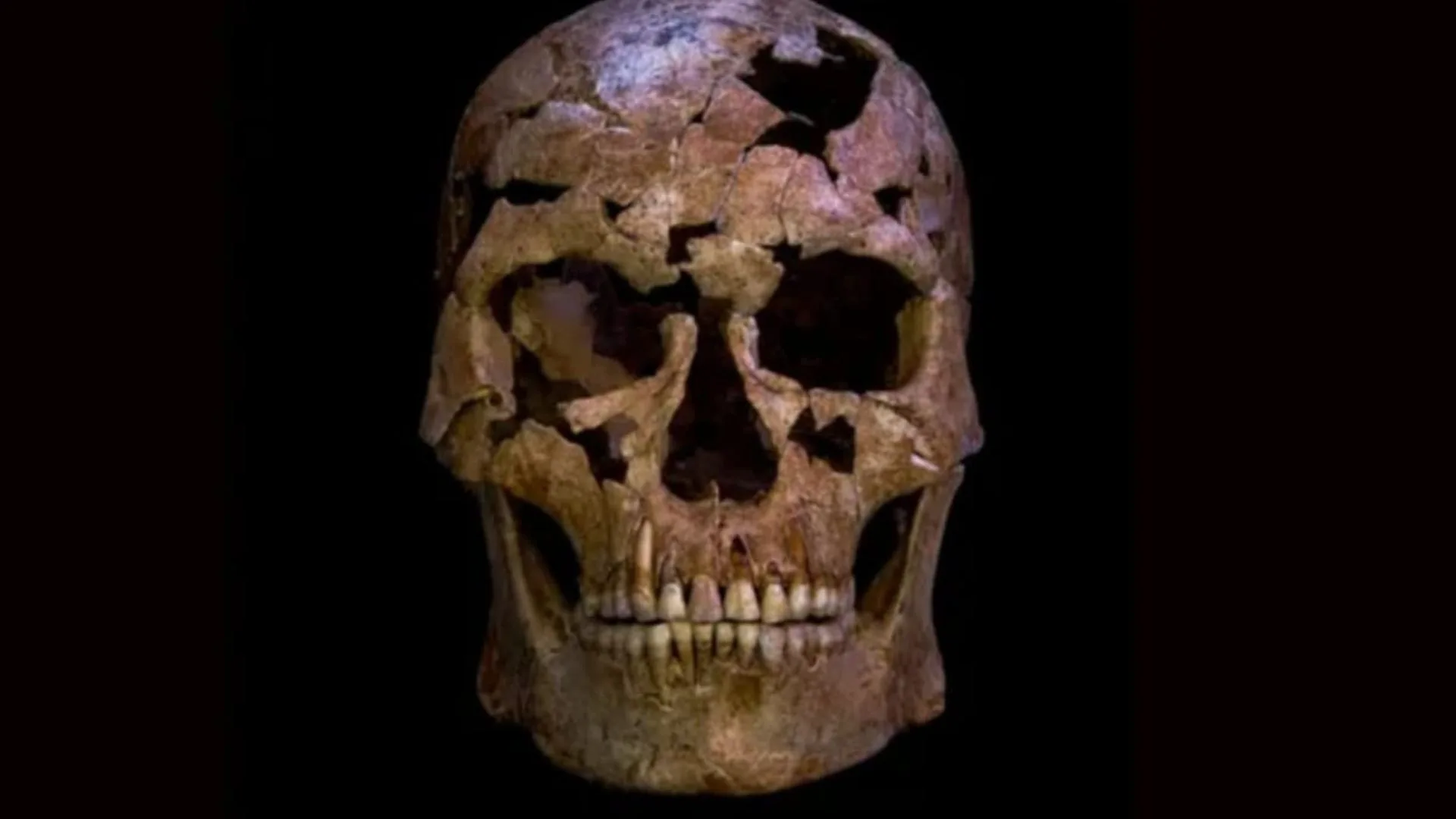A fresh analysis has brought new clarity to one of Europe’s most debated fossils, the Petralona cranium, unearthed over sixty years ago in a cave in northern Greece, according to jpost.com. Long shrouded in uncertainty, its age has now been determined with greater precision, offering key insights into our evolutionary past.
An international team from France, China, the UK, and Greece applied advanced uranium-series dating to calcite on the fossil. Their results, published in the Journal of Human Evolution, confirm the skull is at least 286,000 years old, firmly placing it in the Middle Pleistocene. Previous estimates had ranged wildly, from 170,000 to nearly 700,000 years.
“This fossil has always been central to discussions of European prehistory,” explained lead author Christophe Falguères of the Institut de Paléontologie Humaine. “For the first time, we have a reliable minimum age that allows us to place Petralona in its proper evolutionary context.”
The skull is remarkably complete, yet distinct from both Neanderthals and modern humans. Many specialists classify it as Homo heidelbergensis, considered a likely ancestor of both lineages. The new timeline strengthens arguments that Petralona may represent a more archaic group living alongside early Neanderthals.
The study also overturns old assumptions about its discovery. For decades, researchers thought the cranium had been fixed to a cave wall. New evidence shows the calcite on the skull is younger than the surrounding rock, suggesting it may have been moved before being sealed in stone.
These findings reshape our view of southeastern Europe’s prehistory, pointing to archaic humans persisting in the region around 300,000 years ago. “The Petralona cranium reminds us that Europe’s human story is not a straight line,” said Chris Stringer of London’s Natural History Museum. “It’s a branching, complex history, with different populations existing side by side.”
Source: jpost.com
